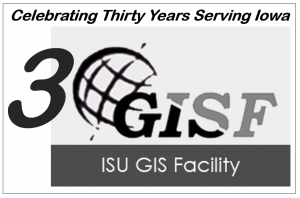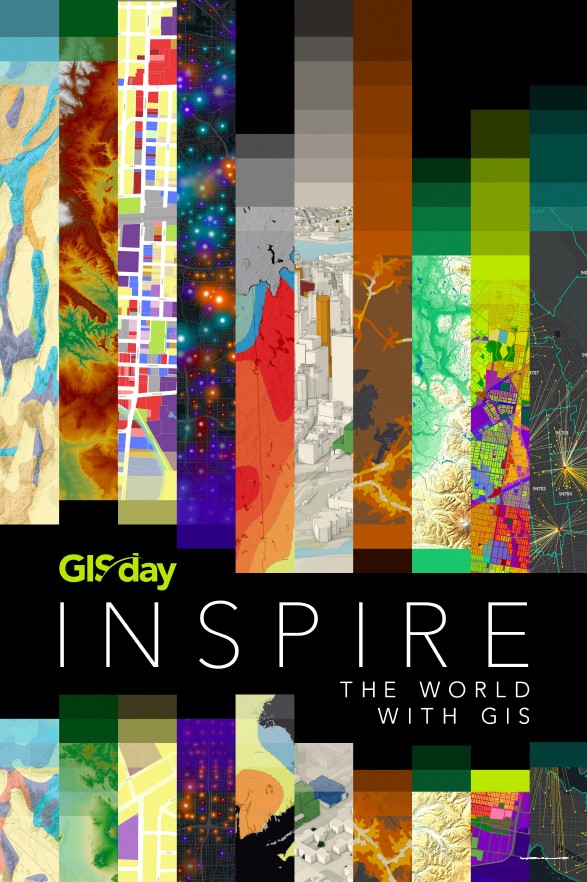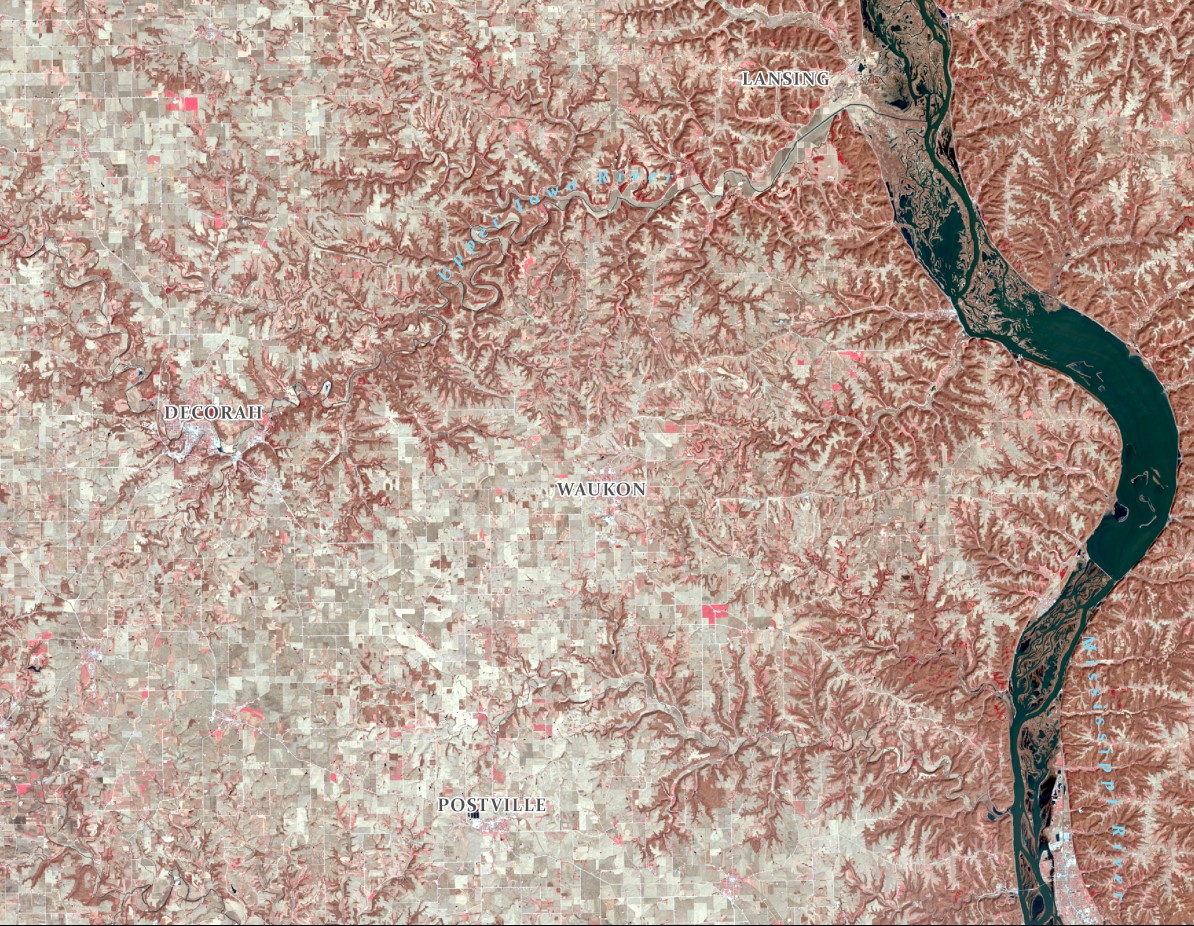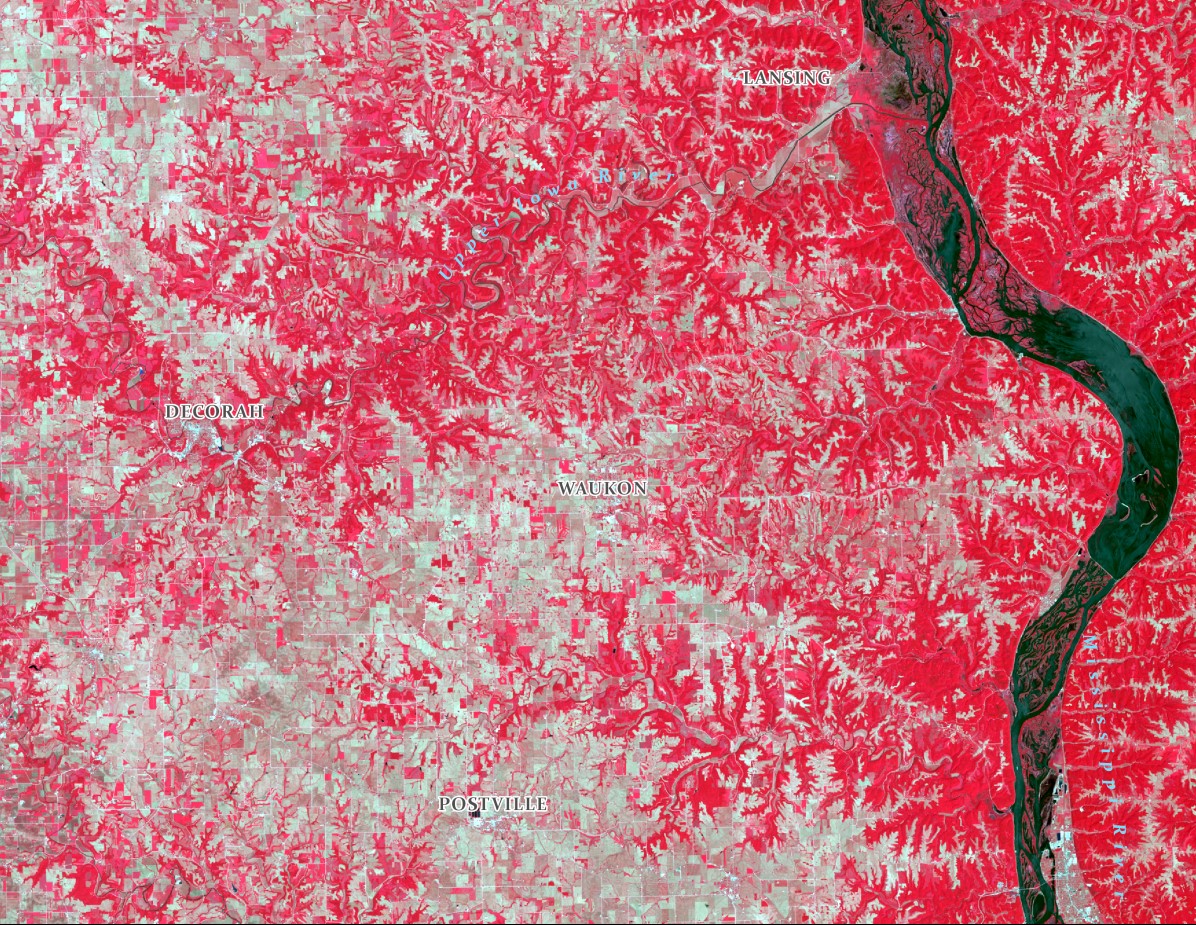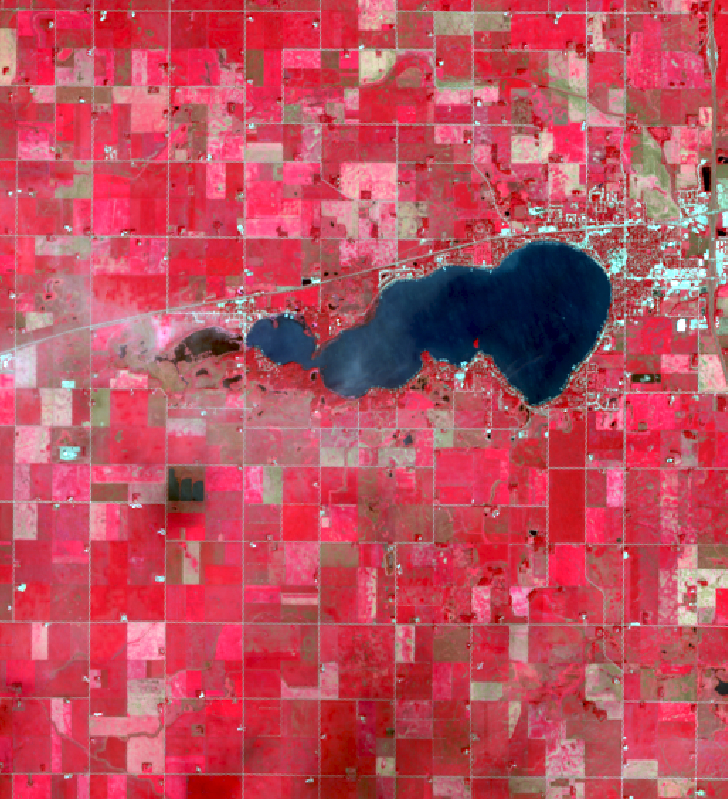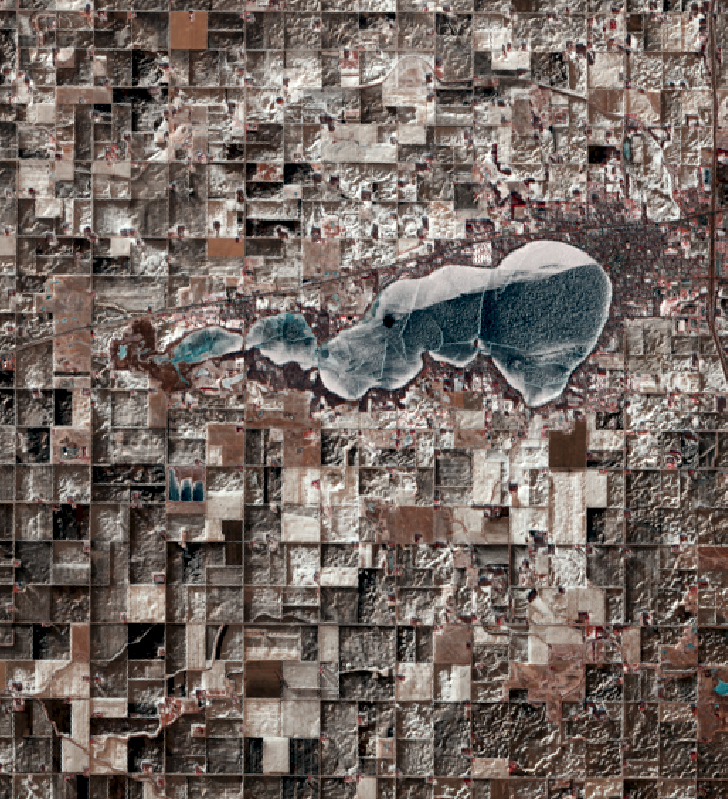Timelapse Tuesday – 37 years of Urban Growth in Ames, Iowa
This week we are exploring urban growth in Ames, Iowa. The red areas are showing areas of vegetation that are primarily agricultural in the larger areas, the neon green areas are short grass and trees, the gray color is urban areas, and blue areas are water.
As you watch the time lapse video notice several things:
- The expansion of Ada Hayden (the large lake in the center right of the image.)
- How the agricultural land in the center of the images fills in rapidly with development between 2008 to 2021
- The increase in permanent water retention ponds in as the city develops.
- Many of the red agricultural parcels along Ioway Creek (the left river) become smaller and more developed through the time series.
Compare an image of north Ames, Iowa from 1987 to 2021 – what other urban growth changes can you spot?







